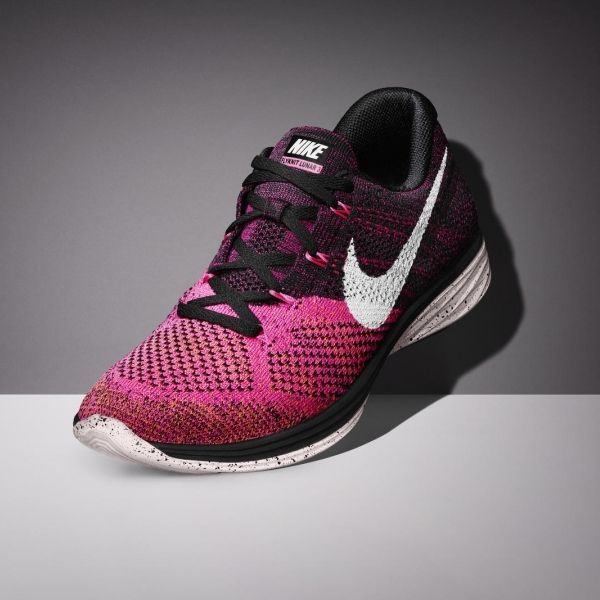In 2014 Nike centralized digital brand management and execution within it’s EMEA headquarters in Hilversum near Amsterdam. Transferring positions, talent, decision-making and brand implementation capabilities from individual countries to headquarters, was a crucial pre-requisite for digital brand growth within wholesale.com network in EMEA region. This move enabled an executional brand consistency across the heterogeneous retail partner network’s rising tide of digital touchpoints. The rise of e-commerce meant the fall of physical national border for a digital consumer that was now able to jump from country to country with a single click. In the previous setting of national teams being responsible for local adaptation of a global campaign creative, an European digital consumer roaming the internet in search of a best offer on an e-retailer with, for example, both .fr or .de extension would have been exposed to a different creative adaptation of a same brand campaign as they would have been done by German and French team independently. This not only confused digital consumers but undermined the very pillar of global brand as a marketing strategy - consistency across markets.
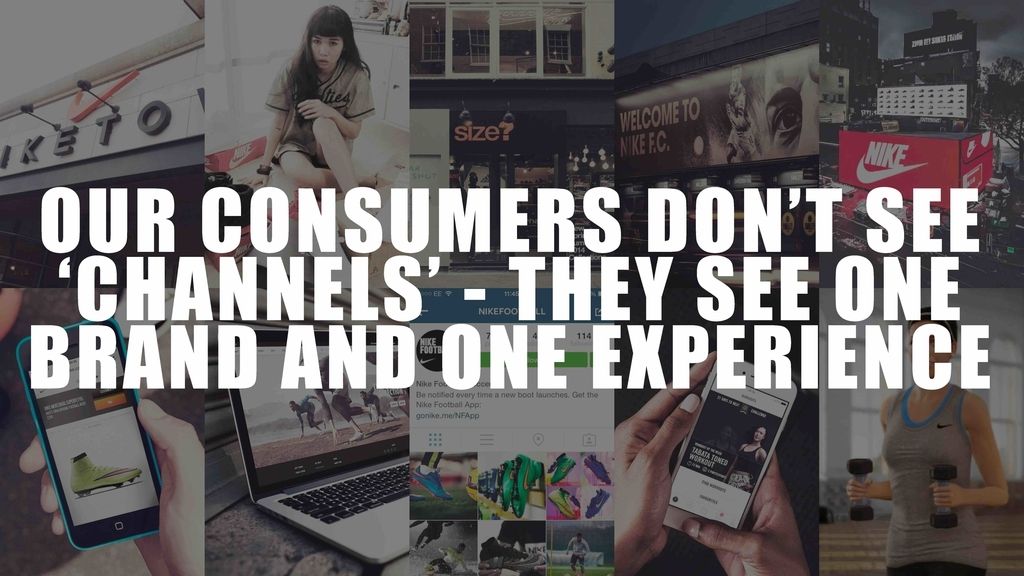
Centralization of digital brand management and execution in the EMEA headquarters carried one more crucial benefit – budget saving due to abolition of duplication of digital production across individual countries. Namely, previously, each country would have produced very similar if not same digital assets to cater to campaign launch support needs of their country retail accounts. This of course meant that both time and money were being wasted on duplicate efforts in each country. Digital brand centralization was a financial enabler of digital brand elevation in wholesale.com network, as budget savings made through organizational restructuring of the branding function, now could have been utilized to meet the challenge of exponentially rising number of digital brand properties. Namely, the ballooning number of digital properties of retail partners, became not only an organizational challenge – being at every digital touchpoint for the ‘always on’ consumer, but also a financial one. Rising number of digital properties meant also a rising cost of digital production for brands wanting to dominate the new digital spectrum. And to dominate was what Nike intended to do.
To view the full project please
REQUEST ACCESS
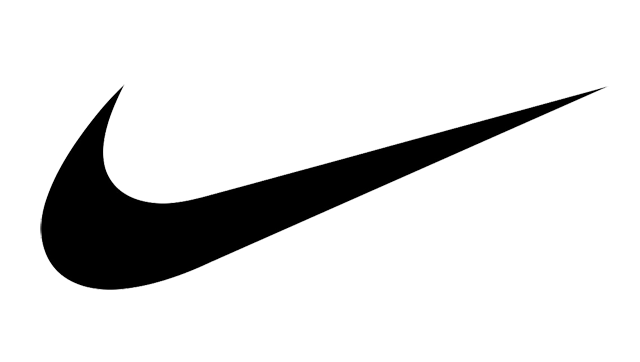 (EMEA) 14 markets
(EMEA) 14 markets (EMEA) 47 markets
(EMEA) 47 markets (EMEA) 17 markets
(EMEA) 17 markets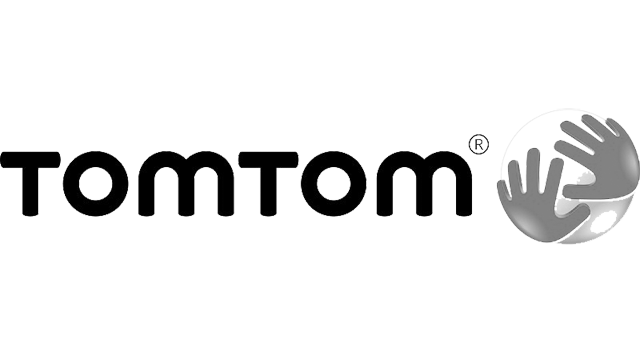 (WHQ)
(WHQ) Europe (10 markets)
Europe (10 markets)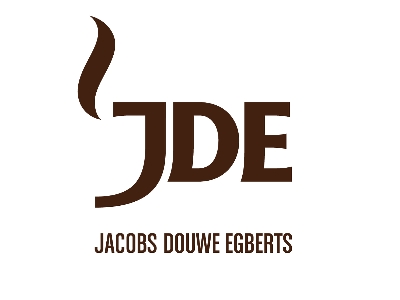 WHQ
WHQ


